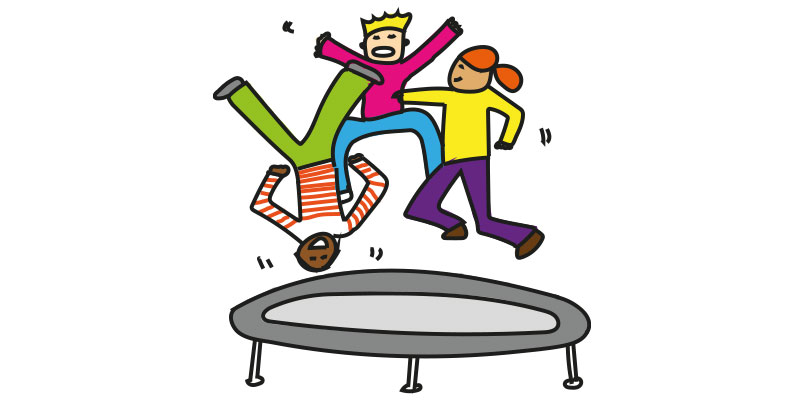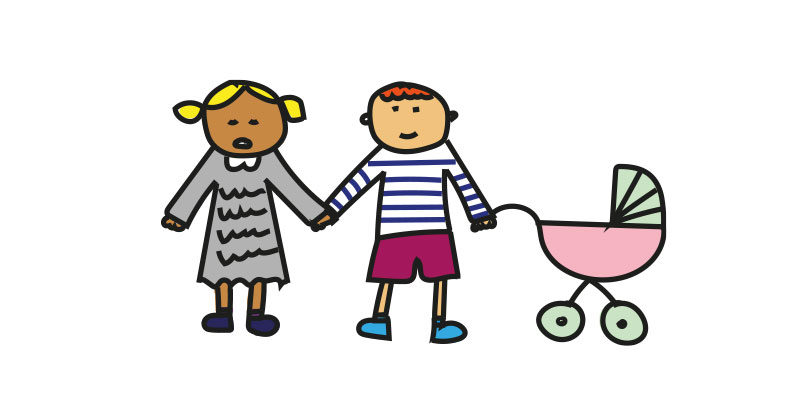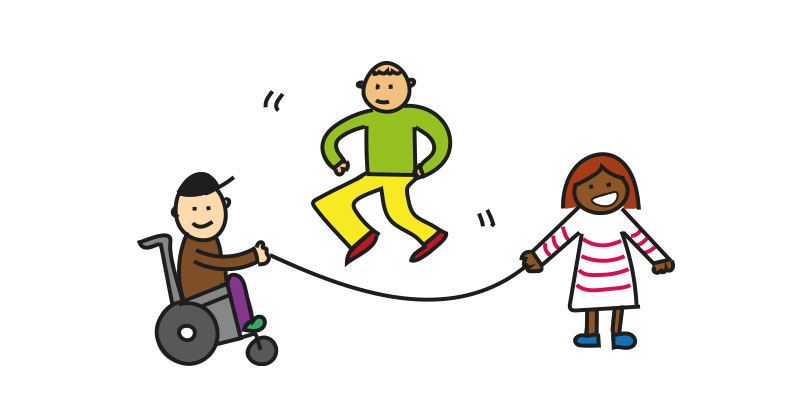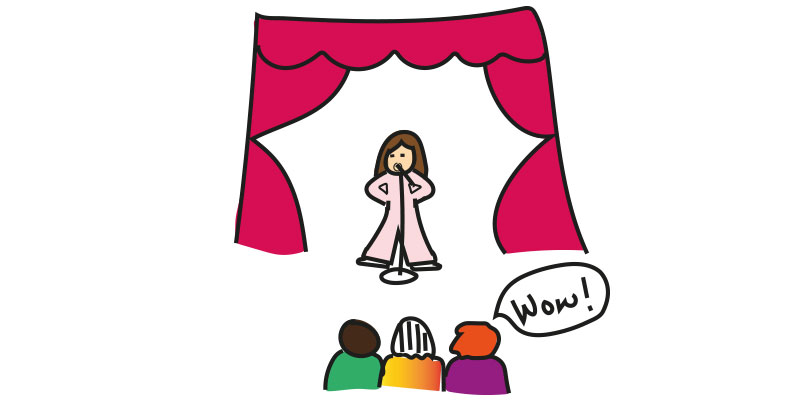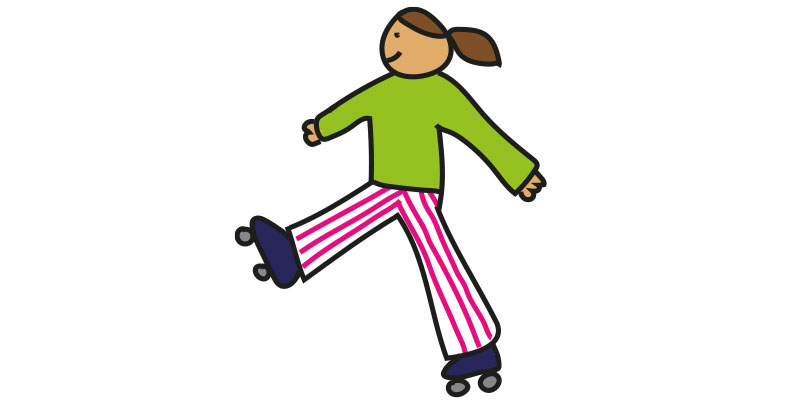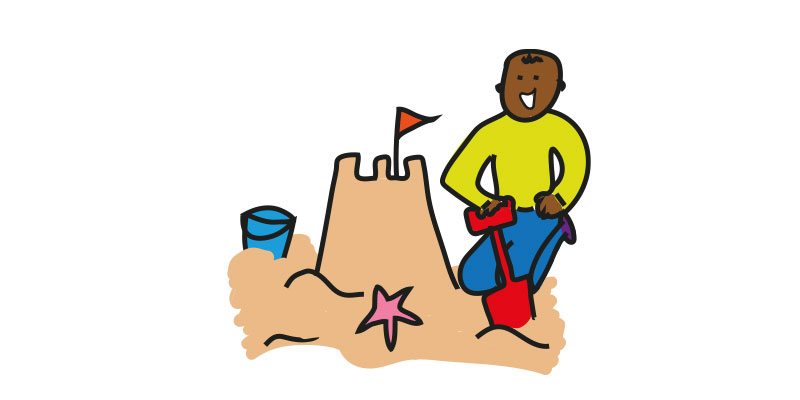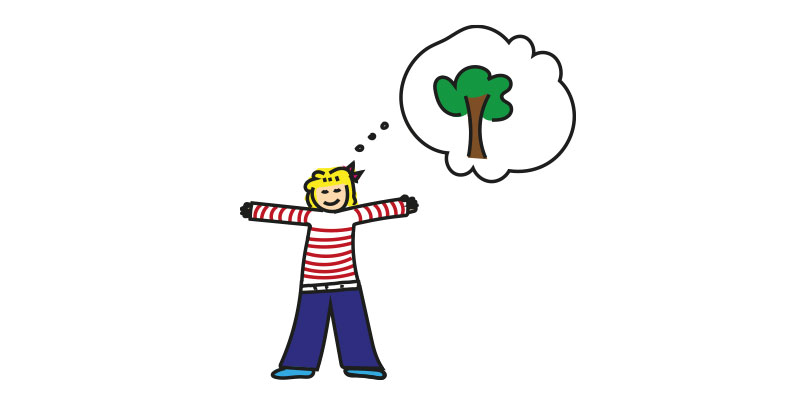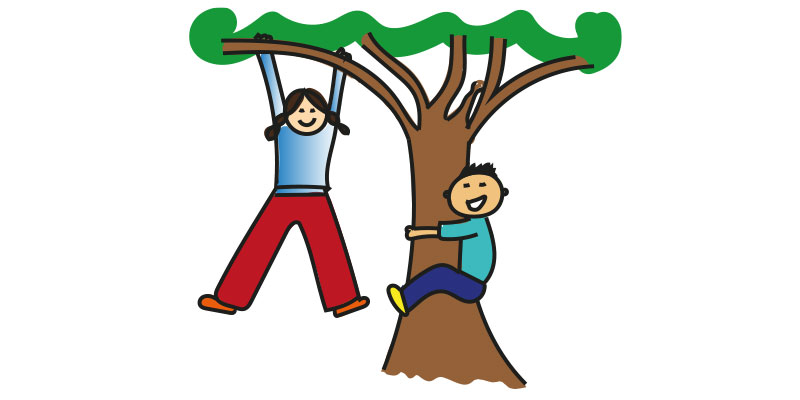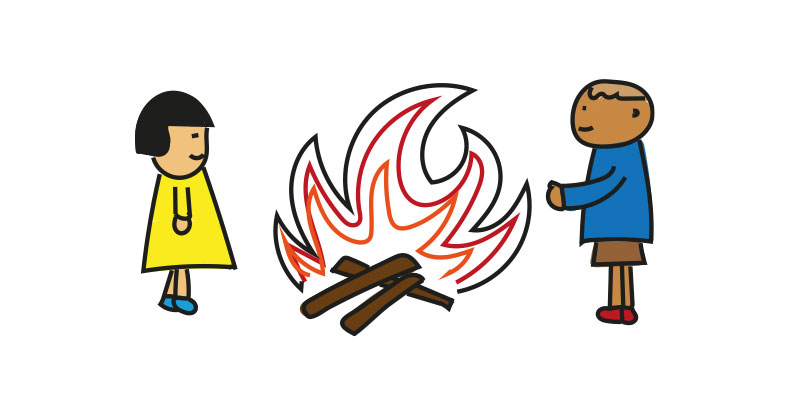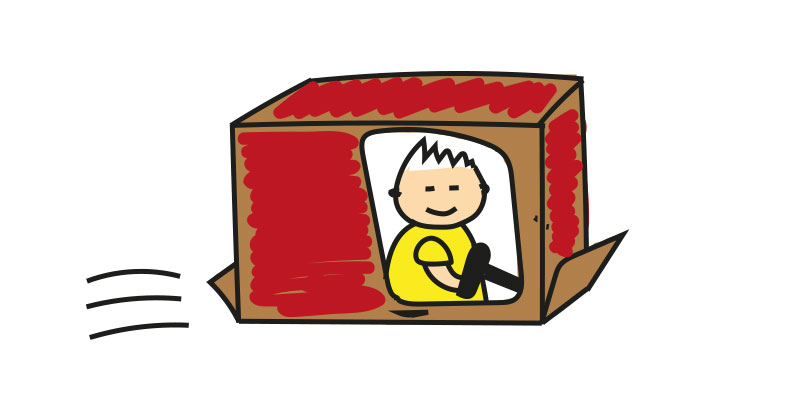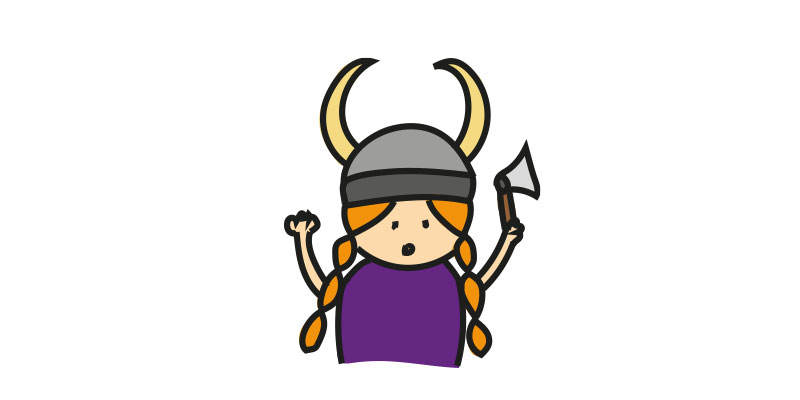Playwork
Providing for play involves giving children the time, space and independence to play in their own way and on their own terms. Children can play anywhere – at the bus stop, in the supermarket, in the car, at the park, in school, at home, at the beach and so on. Children will play with or without equipment and materials, with others, or on their own.
Staff can support children’s play in all settings where children typically attend. By providing a wide range of opportunities and possibilities for play in rich and supportive environments, adults can support play that meets the play needs of those attending. Playworkers support play that is led by children. They provide children with a space to be themselves and to play in the ways in which they want and need to. Playworkers plan for play, observe, and reflect on what they see. This reflective practice is then used to plan for more play, enabling children to extend their own play experience.
Those who work with children and young people should provide a rich play environment, create play opportunities, and build relationships. By understanding the nature and importance of all aspects of children’s play, we can protect the space where children play and extend this play to meet children’s play needs.
Playworkers see children and young people as competent individuals. They understand the need for children to encounter and create uncertainty and challenge as part of their play.
PlayBoard’s Way to Play publication includes a section dedicated to play practitioners and appendices which include information on range of important areas including the Playwork Principles.
Playwork Principles
The Playwork Principles were developed by the Playwork Principles Scrutiny Group, Cardiff 2005.
Seven Play Objectives
Best Play sets out seven play objectives that it recommends any provision should meet if aiming to offer children good play opportunities. It focuses on the benefits that children gain from their play and the role that your service has in creating spaces and services that allow those benefits (defined as ‘outcomes’ of play provision) to be achieved. It looks at play provision from the point of view of children’s needs and wishes in relation to their play.
Seven Play Objectives
The 7 Play Objectives were developed by the NPFA (Best Play, 2000).
The Play Types
These play types were developed by Bob Hughes and are used by adults to help describe the different ways children play.
They can be used to help plan for play, recognise play preferences and possible gaps in provision being offered.
This is not an exhaustive list of play types.
The 16 Play Types
Devised by Bob Hughes, published in full in ‘A playworker’s Taxonomy of Play Types’ (PLAYLINK, second edition 2002).
Available from PlayEducation, 13 Castelhythe, Ely, Cambs CB7 4BU.
Play types images courtesy of Play Scotland.


